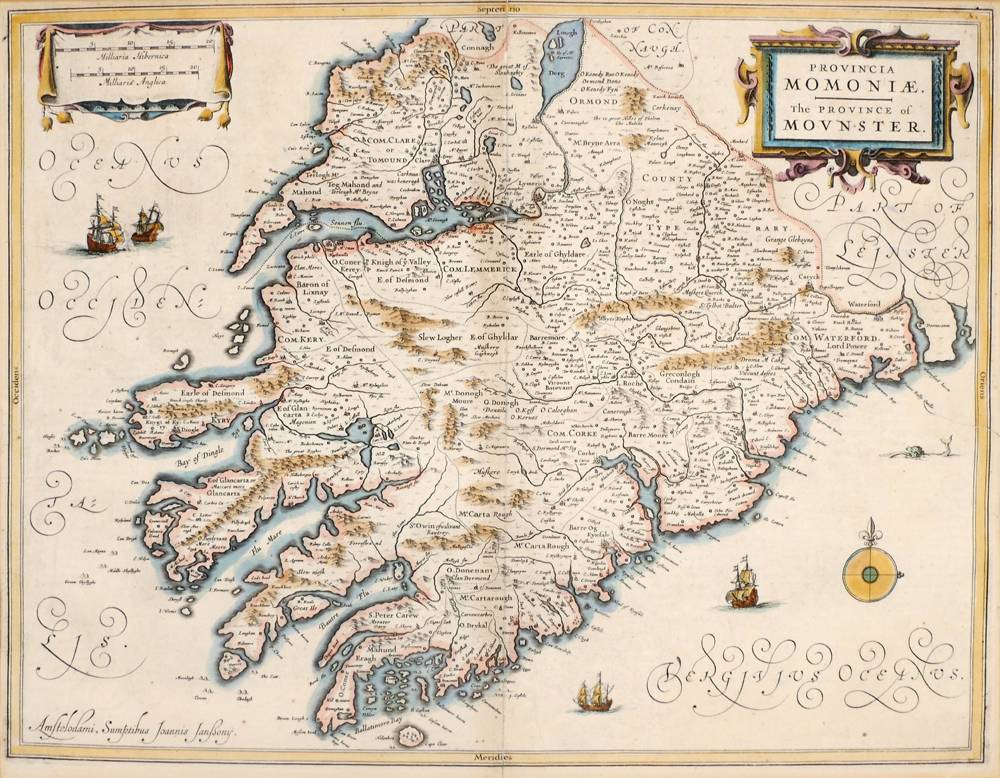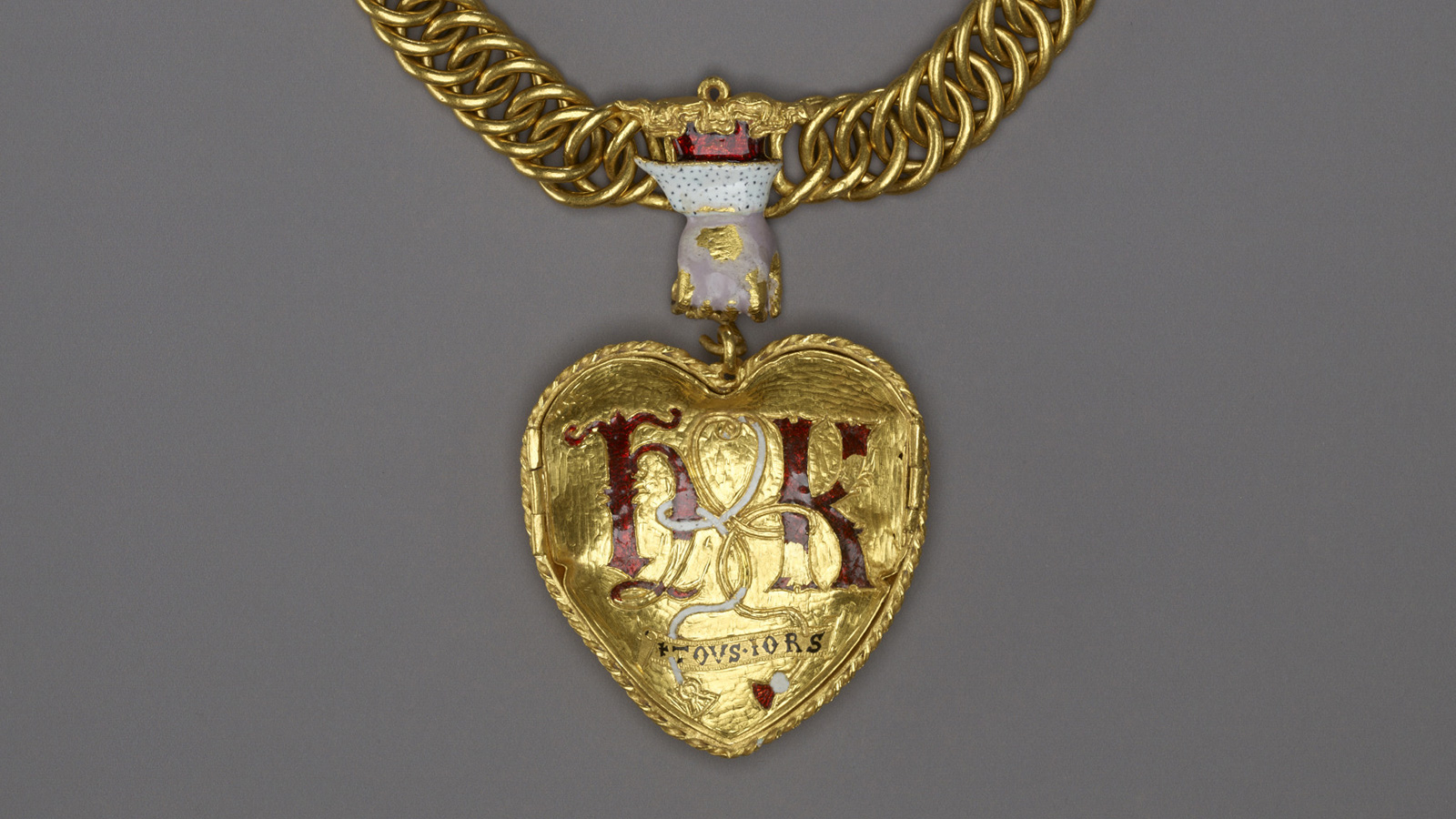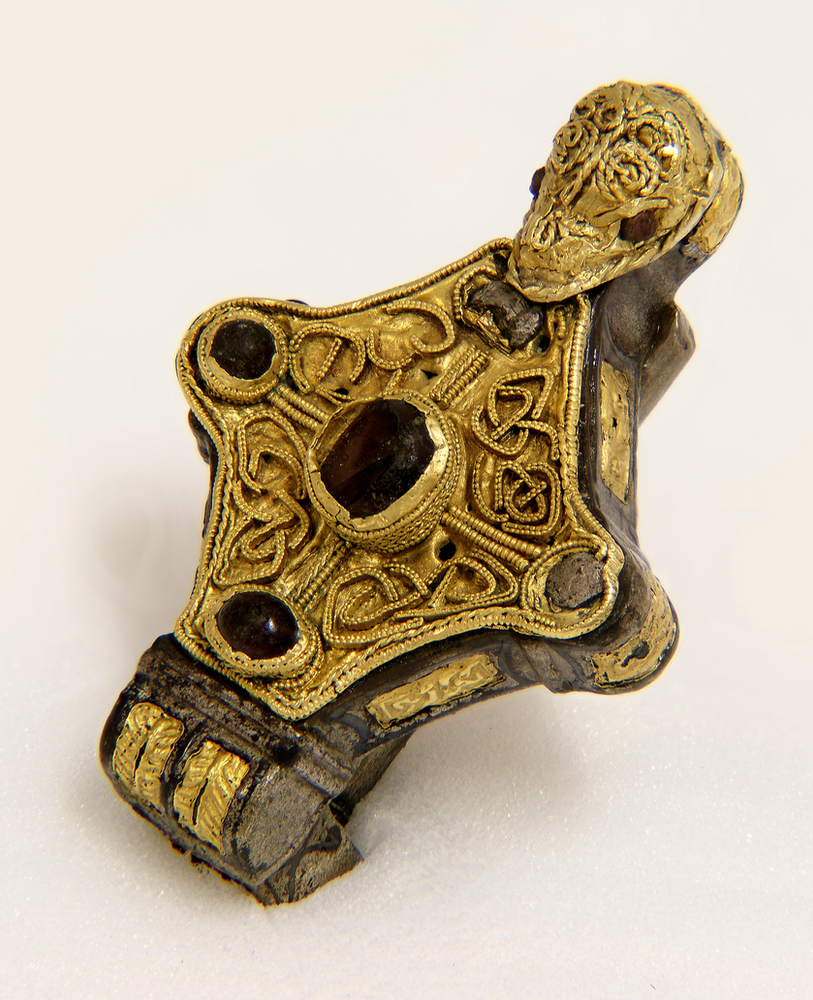
Have you ever been down to Dollar Bay in County Wexford and wondered how it got its name? While most place names are centuries old, dollar bay is relatively recent addition, and gets its name from one of Ireland’s most infamous pirates.

In 1765, a ghost ship appeared just off-shore at Tramore. Half-submerged in the water and with all her passengers, crew and deck-boats were missing. Nearby, they found a finely-made women’s cloak called a capuchin floating in the water, though its wearer was nowhere to be seen. Soon, a sample of embroidery signed ‘Kathleen Glass, her work, finished in the tenth year of her age’ showed up in the water, and the already grim story got even grimmer. The fact that the sails were only barely over the water made a rescue or investigation mission difficult, but when eight boats arrived from Wexford they tried all the same and found that the ship had not been wrecked and by the look of it and its cargo, had been a wealthy mercantile vessel, with some equally wealthy passengers. The ship was called the Earl of Sandwich and while it sunk a couple of days later, the story would soon come out.
In fact, four members of the crew had survived, but they were already on their way to Dublin, laden down with stolen silver and gold.
The Earl of Sandwich was on its way home from the Canary Islands when the story began, having picked up a cargo of Madeira wine (most of which later washed ashore at Tramore), silk and cochineal (red dye made from crushed beetles which we still use today). However, the real wealth came from the Glass family. George Glass was a prisoner in the canaries when the ship arrived, but his wife and daughter, having made the trip from England, were desperately searching for a way to get him home. Glass was an adventurer and a privateer carrying a fortune in silver and gold from his travels – his imprisonment was a small bump in the road and a mistake according to the Glasses. When Mrs. Glass and Kathleen, his daughter, approached Captain Cochrane of the Earl of Sandwich and begged him to get George home, Cochrane agreed almost immediately. Somehow, George escaped prison – or perhaps was broken out by his would-be rescuers – and the Glasses set out for home aboard their salvation. They had no way of knowing just how badly wrong things would go.
The mastermind behind the whole thing, by all accounts, was Peter McKinley – the ship’s boatswain or deck foreman who hailed from Northern Ireland. Fed up of working hard and getting nowhere, McKinley got to talking with three like-minded crew-members and pretty soon, the fortune the Glasses were carrying in coin started to look very enticing indeed. The plotted the perfect crime, to take the coins they would need to kill all eight of the other passengers and leave no witnesses and then ensure that the ship – the scene of the crime – sank to the bottom of the sea, appearing to be a shipwreck and leaving no trace of their deeds.

A marlinspike – useful for untying knots on deck, or as a murder weapon in this case
Just before midnight on the 30th of November, as Captain Cochrane made his last rounds, McKinley and George Gidley – the ship’s cook – grabbed him and pinned him down, using a marlinspike, they made short work of him and tossed his body overboard. The rest of the crew suffered the same fate, probably stopped short by surprise as their own crew-mates became their murderers. George Glass probably awakened with all of the noise and made his way on-deck. An adventurer and an expert swordsman, he was the greatest threat to our pirates, so rather than face him dead on they hid in the shadows and together took him down with surprise on their side – though he wounded at least two of them in the process. With Glass gone, his wife and daughter, along with the servant boy, were the only ones left to kill. They hauled the two of them out on deck, Mrs. Glass and ten years old Kathleen, they may have pleaded for mercy, what they got was the opposite. Perhaps unable to kill them as savagely as they had the others, rather than giving them the quick death of their companions, the two Glass women were thrown overboard to drown in the icy Irish sea.

Mrs. Glass begs for mercy for herself and her daughter
Only one person on board that ship has an unclear fate – the cabin boy. According to some accounts he survived, clinging to the ship’s mast as it went down, screaming for help until a fisherman rescued him. In other versions, he drowned along with the others. Unfortunately we just don’t know exactly what happened to him. At any rate, there was one survivor which was never supposed to still be above water – the ship. Despite their plans, they failed to properly destroy the crime scene. assuming the uncontrolled ship would go down by itself was a major mistake, and rather than disappearing without a trace, there was soon a manhunt underway for the savage murderers of the Earl of Sandwich.
When Peter McKinley, George Gidley, Richard St. Quintin and Andres Zickerman escaped the scene of their wretched crime, they were carrying so much stolen treasure that they almost drowned in a rapidly sinking deck-boat which was unable to support the weight. They tried baling out the water as it rose over their feet, but they quickly realised that it was a battle they could not win, and as the boat made for the Wexford shoreline they were left with no option but to begin flinging gold and silver coins overboard with wild abandon. They jettisoned a lifetime worth of wages over the sides of their sinking boat, handful by handful, until the boat lifted enough out of the cold seawater to deliver them safely to shore. It is this which gives the bay its name – coming from the Canaries, most of the treasure they were carrying was made up of Spanish silver dollars – usually referred to (especially in pirate films) as pieces of eight.

A Spanish Silver Dollar – the legendary piece of eight
When they reached the beach at Broomhill point they pulled the remaining 250 sacks of coins ashore and buried most them in the sand – they couldn’t risk being searched on the way past Duncannon Fort where their crimes could be discovered. They split one sack between the four of them, pockets lined with all the money they could ever need in the world, and they headed back upriver, towards Waterford, and the new life they had stolen.
Ultimately, they intended going to Dublin, but their first mistake was stopping off near New Ross to get a taste of the luxury that awaited them. While this part of the world has long been renowned as a haven for pirates, nobody had ever drawn quite so much attention to themselves as these four men proceeded to do. They bought round after round of ale, paid for with crisply minted silver dollars, they gave Mrs. Glass’s jewellery to a lady who kept a nearby inn, they gave jewels and 36 silver dollars to the maid in the same inn, they had a purse of 1200 silver coins stolen and barely noticed, and when they went to the local money-changer to exchange their coins to Irish currency, they forced him to draw every last piece of gold in town to do so.
The manhunt was feverish and the pirates left such a trail of evidence behind that authorities had no problem discovering them. They lived in such luxury over the week between their crime and discovery that when they were eventually searched, they had only a handful of coins left between them. When the culprits were discovered, the trial was swift and they were sentenced to be hanged – the public, bloodthirsty to see these thieves, murderers and pirates publicly executed – were whipped into a frenzy. The greatest fear of their executioners was that they would not survive to see the gallows, because the crowd would tear them apart before justice could be served.

The Muglins, where the dastardly McKinley was displayed
On the 3rd of March, the four men were hanged at St. Stephen’s Green and for weeks afterwards their bodies were displayed in metal cages on the South Wall at the port entrance, as a deterrent to other pirates. McKinley and Gidley were later moved and suspended on The Muglin’s island, further south at Dalkey.
After their deaths, eleven barrels of coins were collected from the beach, and for years people found remnants of the treasure, from silver to snuffboxes, buried in the sand – but who known if they got all of it, and how much more waits beneath the tide…
Note: It is illegal in the Republic of Ireland to use a metal detector to search for archaeological material without a license. Activities like this can not only damage our archaeological heritage, but disturb a site and take away our chance to learn more about our history in the future. If you are discovered using a metal detector without authorisation, you will be subject to severe penalties, including fines and imprisonment.

Be thankful that we don’t display amateur metal detecting-archaeologists in cages as we did pirates…


